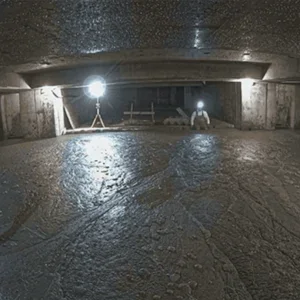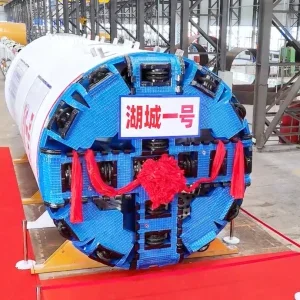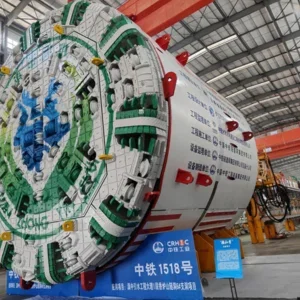On 14 March, the 12.9km long Hsuehshan road tunnel blasted through its final 2.8m after an epic 13 year construction period plagued by floods and collapses.
The Taiwan Minister of Transportation and Communications fired the final round and told reporters it was “the fifth longest tunnel in the world and the longest in Southeast Asia.”
The tunnel system consists of 57 tunnels including the two main tubes; 28 cross passages at 350m centres for pedestrians in an emergency and eight vehicular cross passages at 1.5km centres. At its deepest the tunnel is 515m below surface.
Also known as Shueishan (Snow Mountain), the tunnel is part of the Taipei-Ilan Expressway, which when completed in 2005, will reduce the journey time between the two cities from two hours to 30 minutes.
Work started in July 1991 with a drill and blast pilot tunnel to assess geological conditions. When the pilot tunnel had gone 522m, a 4.8m diameter TBM was launched in December 1992. The TBM was abandoned in February 1996 with only 1km of the pilot tunnel completed, citing difficult ground conditions. Two 11.74m diameter hard rock TBMs were brought to site and started excavating the main tunnel tubes later that year. Disaster struck one year later, in 1997, when 90m of the westbound tunnel collapsed and buried the TBM. Water inflows were a significant problem throughout construction and resulted in project suspensions.
A total of 19 floods and 29 face collapses were experienced during excavation. Lien San-chu, part of the construction management team, worked on the project for the entire 13 years and said: “These tunnels are marked with the shadows of all those who have made sacrifices for its completion.”







